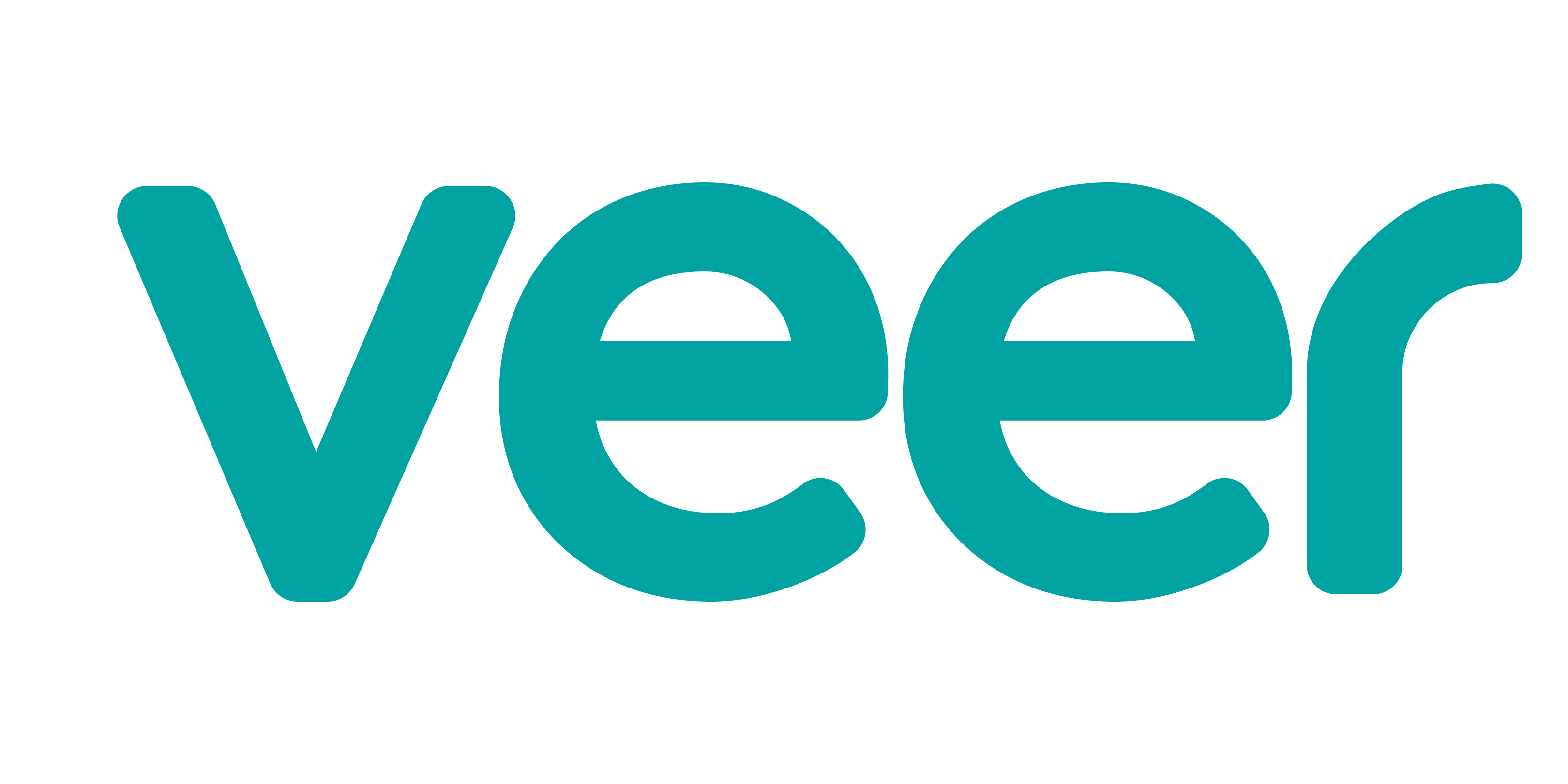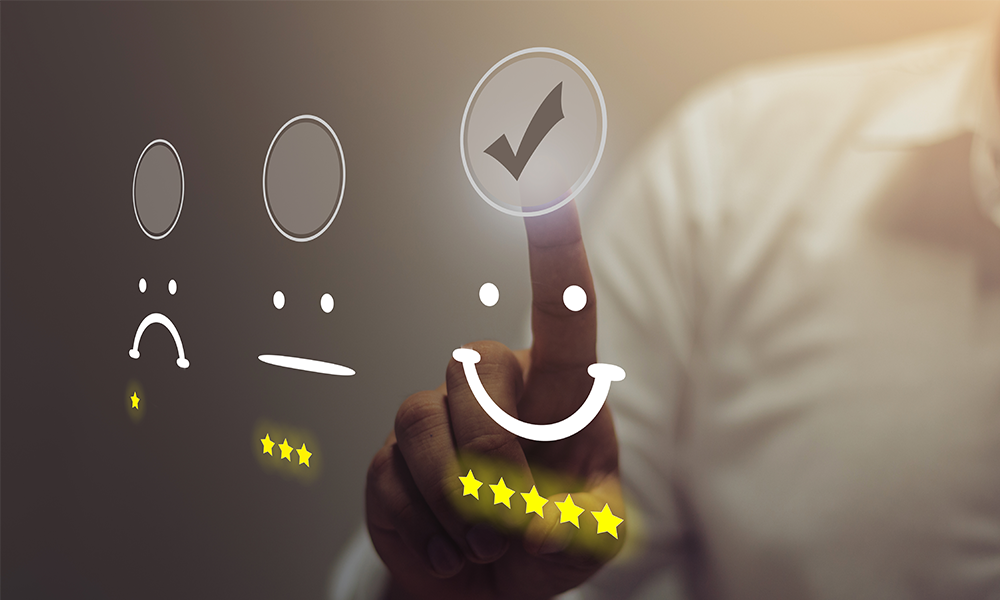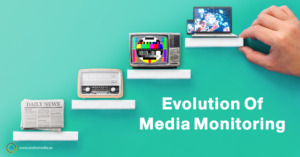With the massive transformation we are witnessing in the media sector, especially with the unprecedented rise of customer evaluation and consumer-created content on social media, digital reputation has become both a great opportunity and an even greater risk. Measuring digital reputation is a multifaceted process that requires collecting and analyzing data from various sources and reporting on potential reputation risks before they become a serious issue for companies or brands.
Definition of Reputation Management
Gartner defines Reputation Management as “the practice of influencing stakeholder perceptions and public conversations about an organization and its brands. It includes monitoring perceptions and conversations, responding to reputation threats and proactively seizing opportunities to boost reputation.” (source)
We at VEER define Reputation Management as the process of monitoring all platforms, digital and social, for mentions and discussions around the brand, identifying reputation risks, and reporting on them. It involves rigorous data collection and a process or AI-assisted human analysis and reporting.
Purpose of reputation management
Reputation management aims to identify reputation risks and improve the way customers look at your brand or organization.
Components of Reputation Management
Monitoring and data collection
Reputation management of brands and companies involves the use of advanced crawlers and high-tech portals to monitor the various digital and social platforms where consumer-generated content is published. These platforms include (but are not limited to) the following:
- Social media platforms
- Customer evaluation portals
- Digital media outlets
- E-commerce apps and platforms
- Product comparison platforms
- Video platforms
- Personal blogs
- Podcasts and audio publishing platforms
Data analysis
The data analysis phase of reputation management requires a combination of AI-assisted data processing and human analysis. The objective of data analysis is to score sentiment and identify reputation risks. The AI system should be able to identify patterns and analyze threads of discussion for sentiment.
Reporting
Human analysts review AI-generated analysis and report reputation risks to clients, along with thorough reviews of coverage and recommendations on mitigating risks.
Real-Time reputation risks reporting
VEER offers real-time reputation risks alerts to clients, to allow them to act preemptively and mitigate potential risks before they develop into real crises.
In sum, reputation management has evolved from a corporate function into a service that should be entrusted to an agency with advanced tools and expert analysts, such as VEER.
By: Dr. Ali Mohamad, Co-Founder and CEO, VEER




